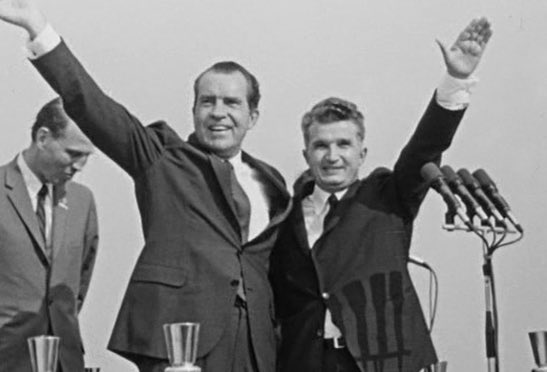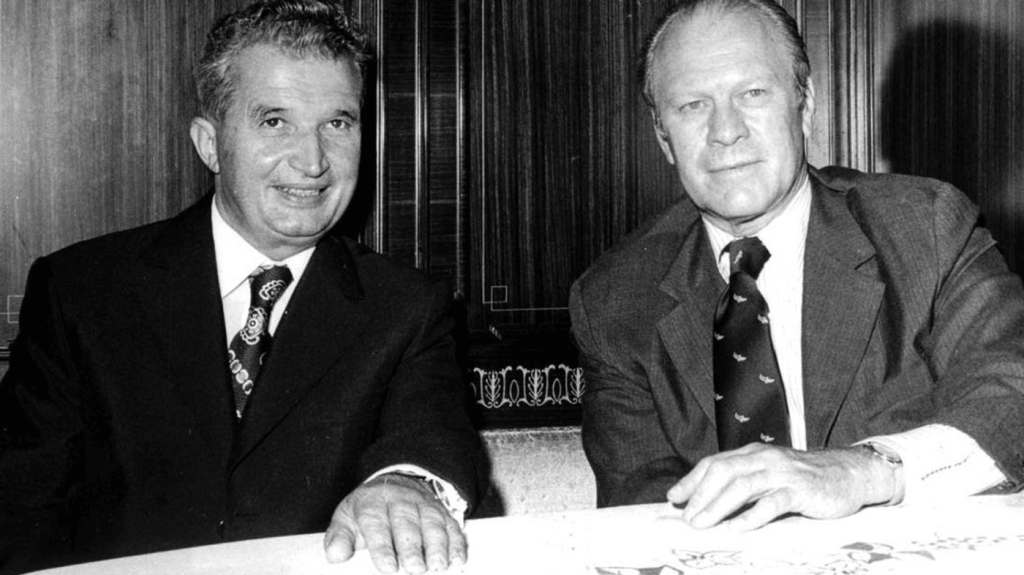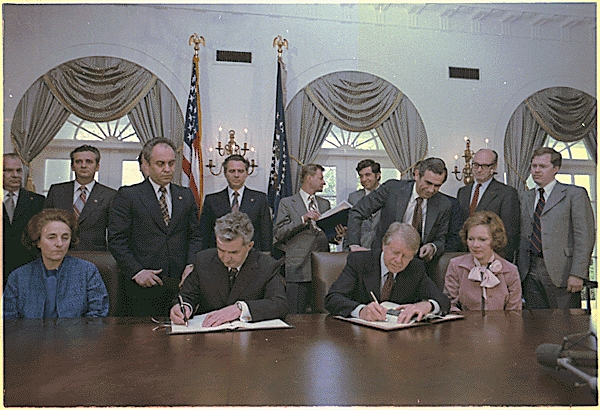by Daisy Luther, The Organic Prepper:
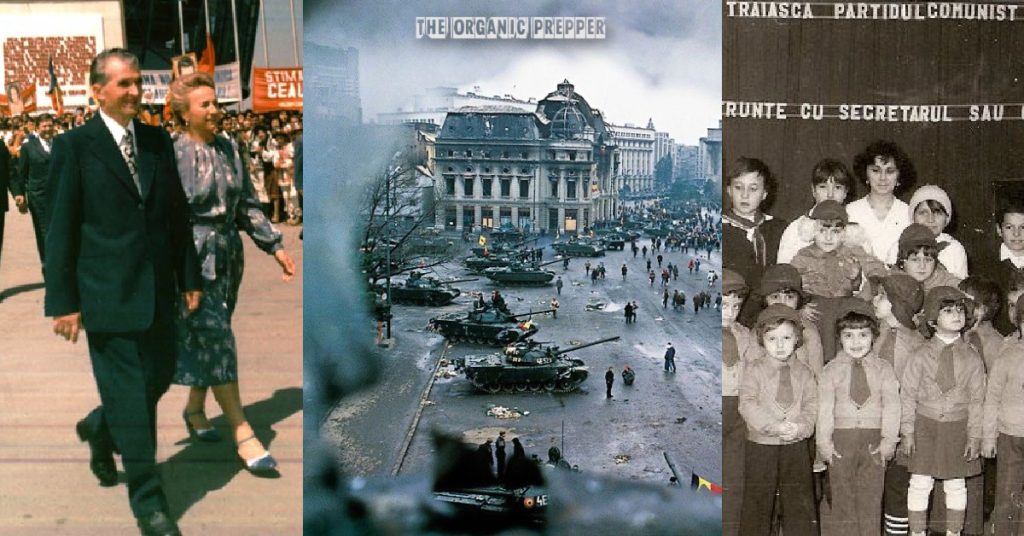
As those of you who are newsletter or Patreon subscribers know, I spent a month in Romania learning more about the history of this fascinating country. One thing I became particularly interested in was the more recent history of Socialism and Communism in the country. It’s important to note that throughout the life of Nicolae Ceausescu, the words “communism” and “socialism” were used pretty much interchangeably, and that’s because no matter what idealists want to admit, they’re the fruit of the same poisonous tree.
TRUTH LIVES on at https://sgtreport.tv/
For every young person who says, “This is different, it’s democratic socialism,” please take note: it always starts out “differently” but it always ends in the same place.
Following is my personal interpretation of this history, based on personal research inspired by visits to museums, historical sites, the Palace of the Parliament, conversations with Romanians, and the home of Nicolae Ceausescu and his family. It’s an interesting example because it’s so recent. I believe it can be used as a case study for how this form of government is instituted, how things devolve, and how it ends up. This is the road we do not want to take, but it’s the road being laid out for us by many in power.
The making of a dictator
Nicolae Ceausescu had humble origins. Born in 1918, he grew up poor as one of ten children, in a small rural town outside of Bucharest, Romania. He worked in a factory by the time he was 11 years old, and by the time he was 14 he had joined the Romanian worker movement. This was the precursor of the Communist Party in Romania and was sometimes called the Romanian Socialist Workers’ Party or the Peasant Workers’ Bloc. What we can take away from this is that the early targets are always those who are struggling to survive financially.
Ceausescu quickly became a notable figure in the Communist Youth party and he spent more than two and a half years in prison shortly after his 18th birthday. There, he was beaten and abused so severely that he developed a stutter that never went away. It was also in prison that as fate would have it, he met Gheorghe Gheorghiu-Dej, a revolutionary who introduced him to Marxist-Lenin philosophies, as well as Communist Party leaders.
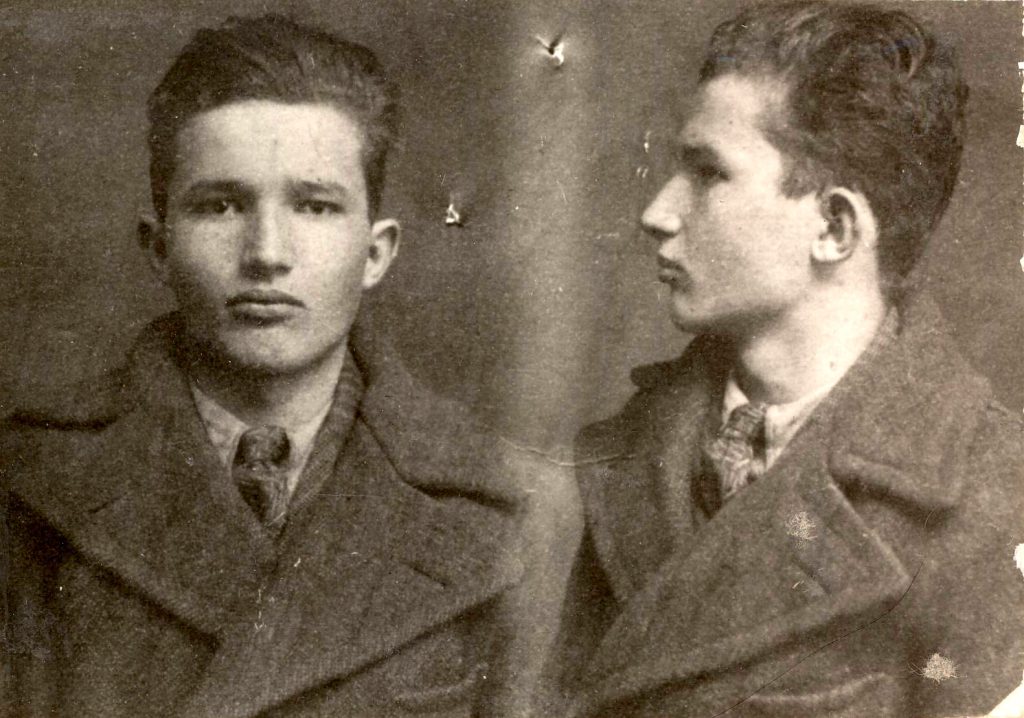
In 1939, he met Elena Petrescu, a fellow staunch member of the Communist Party. By all reports they were so in love they never looked romantically at another person. By 1940, he was back in prison, where he spent the better part of World War II. He escaped from prison in 1944, and married Elena in 1946.
In 1947, Romanian Workers’ Party seized control of the country. Ceausescu’s prison buddy Gheorghe Gheorghiu-Dej, who had been selected as the Communist leader of Romania from 1944 to 1954 and served a 3-year stint as the Prime Minister in the middle of that time. Under Gheorghiu-Dej’s rule, Romania was considered one of the most loyal satellite states of the Soviet Union. Gheorghiu-Dej tapped his protege, Ceausescu, to serve in ever more powerful positions in his administration. He first headed the Ministry of Agriculture (1948–50), then served as Deputy Minister of the Armed Forces as a Major General from 1950-1954. Finally, he held the second highest position in the party hierarchy under his mentor.
During this time, Ceausescu showed a great willingness to subjugate his fellow Romanians for “the good of the Homeland.” He was particularly involved in the forced collectivization of agriculture. Under his authority, there were over 80,000 arrests of peasants, 30,000 of whom were imprisoned. Those who were arrested were opposing the expropriation of private holdings to the ownership of the state. Ceausescu was said to have personally led the military units that suppressed the uprising and ordered the opening of fire from the machine guns in the trucks accompanying the tanks killing and wounding the protestors. Other peasants were imprisoned for “rebellion” and “conspiring against social order.”
During this time, nearly all personal property was lost to the State. People who had nothing at the beginning approved of the situation, but those who owned homes or businesses were not happy.
It was of little surprise that when Gheorghiu-Dej died of lung cancer that he had selected Nicolae Ceausescu as his successor. So it was that in 1965, he was elected the general secretary of the Romanian Communist Party and the de facto leader of Romania.
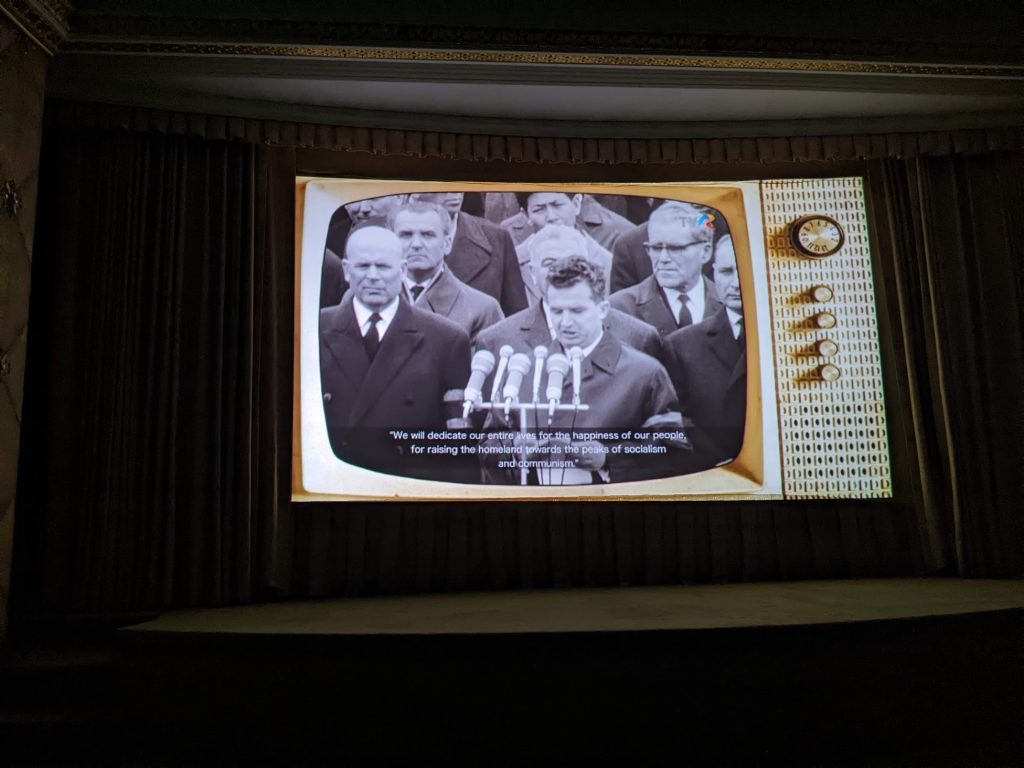
Ceaucescu and his wife created a cult of personality. Elena was called the “Mother of the Nation” and focused mightily on her appearance. She was as power-hungry as her husband, and he looked to her throughout his life for advice.
Initially, Ceaucescu tried to win over the West.
He seemed initially like he was loosening the iron grip of the Soviet Union and Communism. He relaxed censorship and ended Romania’s participation in the Warsaw Pact. He wouldn’t take part in the invasion of Czechoslovakia in 1968 and even condemned the act.
This led to accolades from the Western World. Our own presidents, such as Nixon, Ford, and Carter, praised Ceausescu. They ignored his human rights violations, helped him destroy the Romanian economy, and, many suspect, helped to keep him in power.
Nixon and Ceausescu exchanged state visits and seemed to have a friendship.
President Carter said that he and President Ceausescu “share common beliefs” and adding: “We believe in strong national sovereignty. We believe in preserving the independence of our nations.” He also praised Ceausescu’s stance on human rights.
Ceaucescu focused on making his country a successful player in the world economy. To that end, he borrowed a significant amount of money from the IMF. He had many manufacturing facilities built, and wanted to export cars and other merchandise. But the factories were poorly funded, the workers were not trained, and they certainly weren’t motivated.
Meanwhile, a culture of communism was being created.
While all of this was going on, Ceaucescu was creating a culture that would worship at the altar of Communism and it began with the children.
First of all, abortion was completely outlawed. Many people would agree with this, but not with the reasoning. It had nothing to do with moral beliefs. It was outlawed because the fetuses were considered the property of Romania, and an abortion was “destroying state property,” a heinous crime at that time. An explosion of births at the same time that personal property and profit were revoked meant that many children ended up in absolutely horrifying state facilities. “Ceausescu’s children” have long been a topic of national shame. If you ask about it, most people will look annoyed and refuse to discuss it. To learn more about the orphanages in this era, this article is very thorough and goes along with what I learned.
Read More @ TheOrganicPrepper.ca



